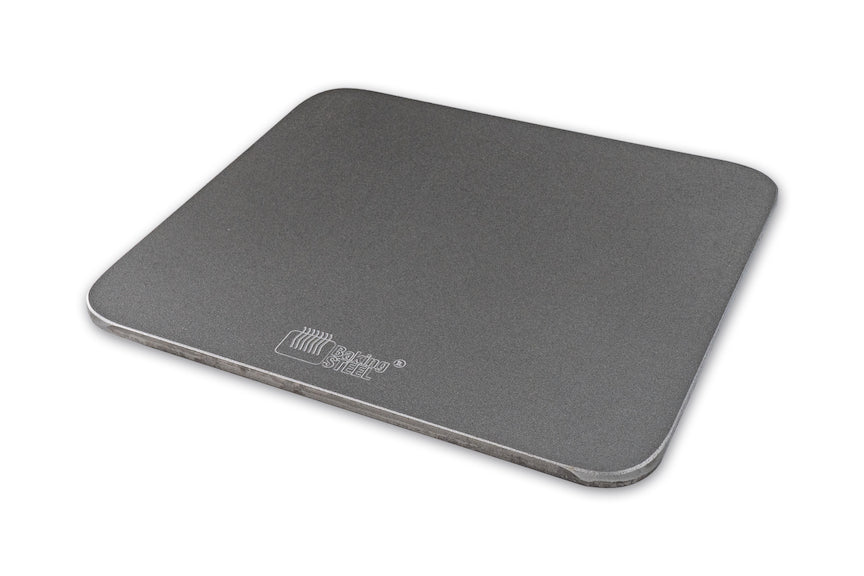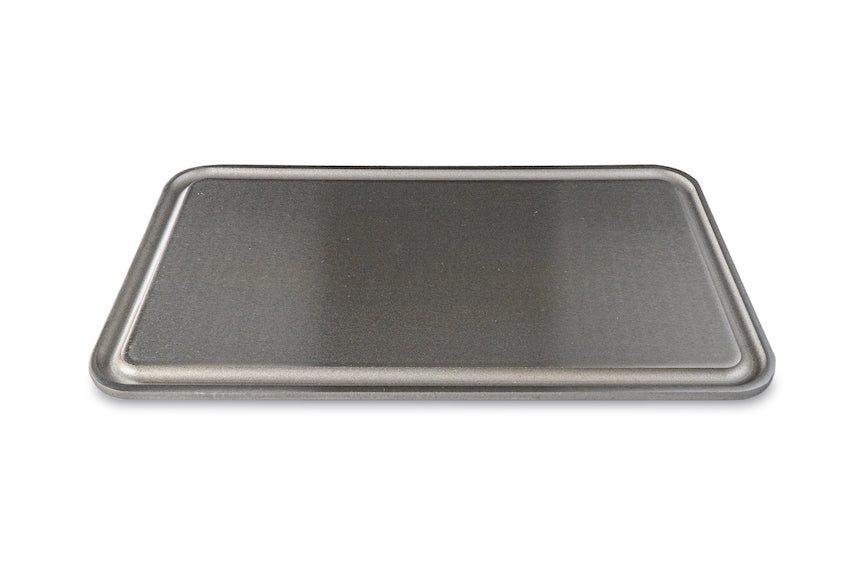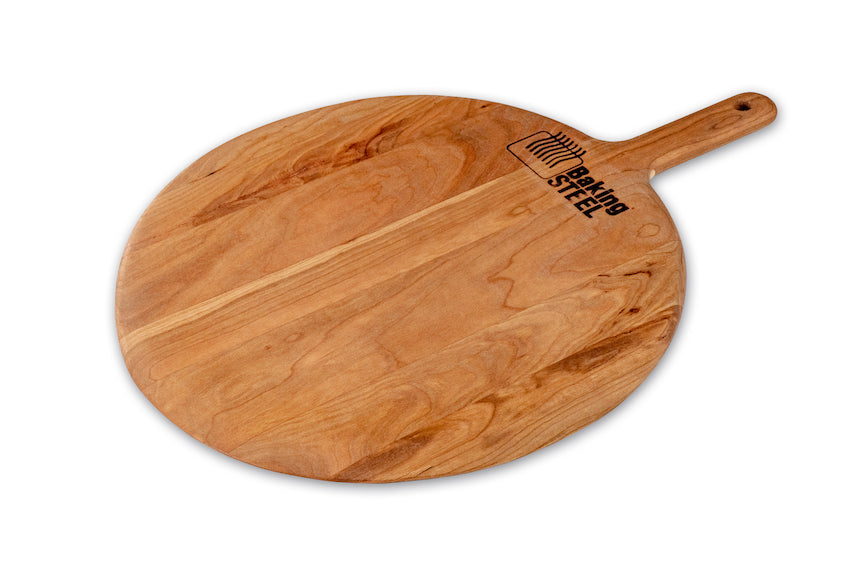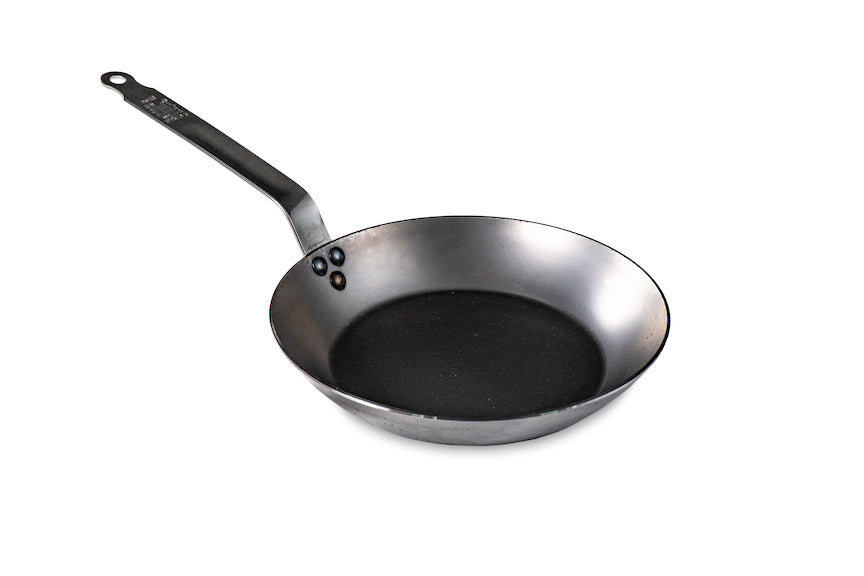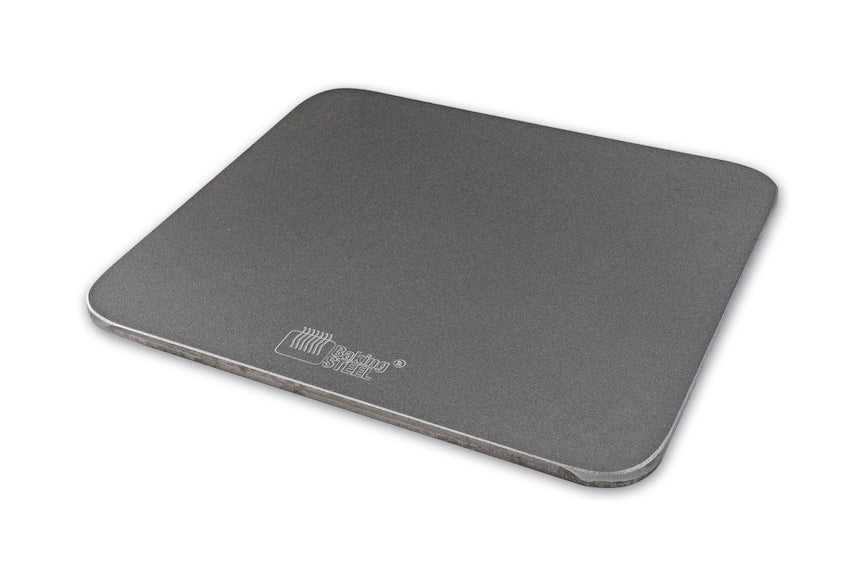72 Hour Pizza Dough

One of my favorite pizza dough recipes is Jim Lahey’s no-knead dough, on which this recipe is based. It’s simple, doesn’t require any equipment, and doesn’t make a big mess. (My wife disagrees about the mess: I have a talent for covering the kitchen in flour.) I make this dough at least once a week, sometimes quintupling the recipe and saving the extra balls of dough to use throughout the week or for the pizza classes I teach.
Through the years, I have edited Jim’s original to make it my own. One change is that I use bread instead of all-purpose flour, which adds the perfect heft to your finished crust when baked at high heat in a home environment. And somewhat ironically, I actually knead the “no-knead” dough. After I incorporate all the ingredients I get my hands wet and knead the batch for 2 to 3 minutes. Without this step, I’ve ended up with dried clumps of flour in the dough. There are worse things in life, but we’re seekers of pizza perfection.
This dough is simple and foolproof—but you do need TIME. Not hands on or working time, but time for a 24-hour rising period and then a 48-hour cold ferment. That’s 72 hours total, in case you don’t have a calculator.

The first phase is a 12-24 hour period of allowing the dough to bulk ferment at room temperature. Just find a spot where you can park the dough where it will not be disturbed. The dough will impart a pleasant aroma and will make your kitchen smell like a bakery. After the initial rise, throw the entire container into the fridge for another 24-48 hours. This is when the dough will develop some kick ass flavor. The process is called cold fermentation, and it slows down the activity of the yeast to produce amazing flavors in your dough.
Next, you’ll portion out the dough. Ideally, this is done the day you are making pizza. Once you ball up your doughs, keep them covered and let them rest for a good 3-4 hours. The gluten needs to relax for you to be able to stretch it out to make pizza.
The “strike zone” for the dough, in terms of optimal texture and flavor, is on days 3 through 5 (or, 48-96 hours after the bulk fermentation that occurs in step 4). You can take the dough out of the fridge and make pizza earlier—but the full 72 hour method is what gives it a truly memorable taste and texture.
Just keep in mind you want to use a strong flour, one that is high in protein. We love organic bread flour. You can find King Arthur Flour at most markets. One of our favorites is High Mountain Organic Flour from Central Milling.

